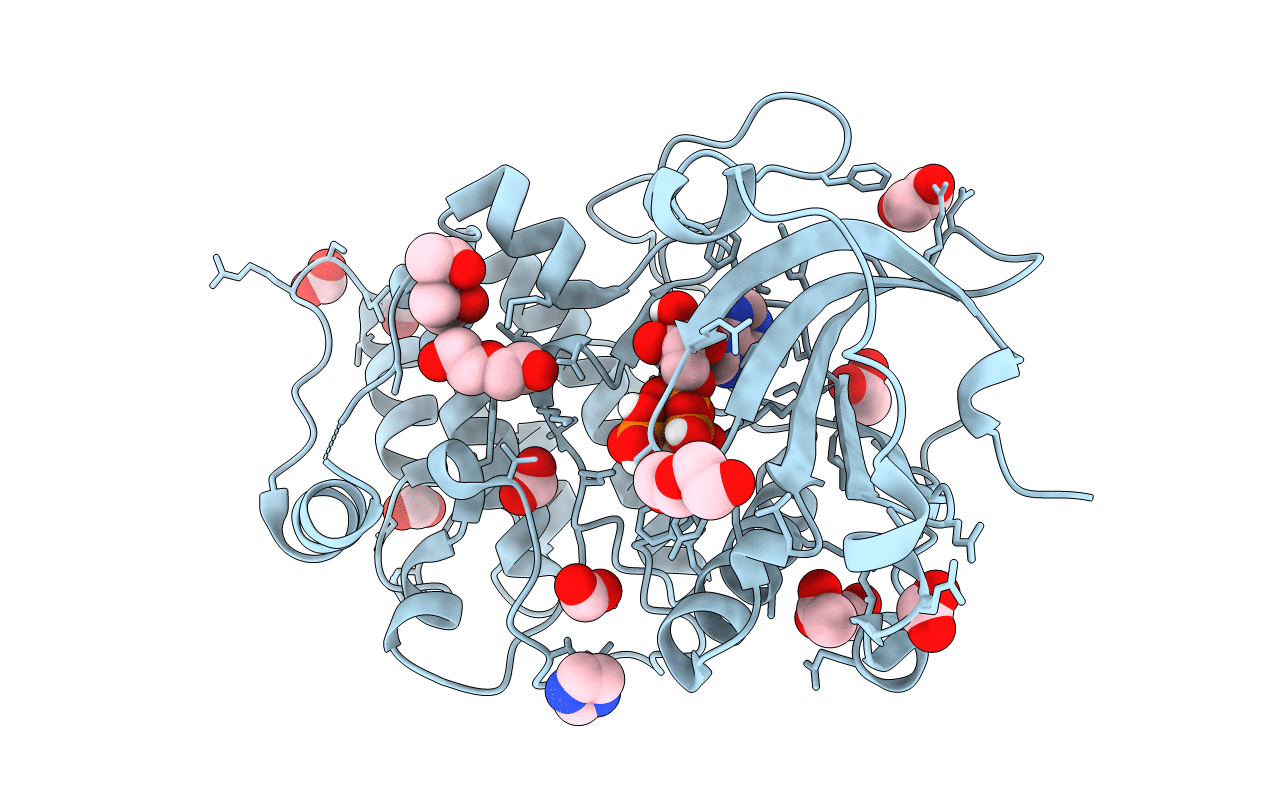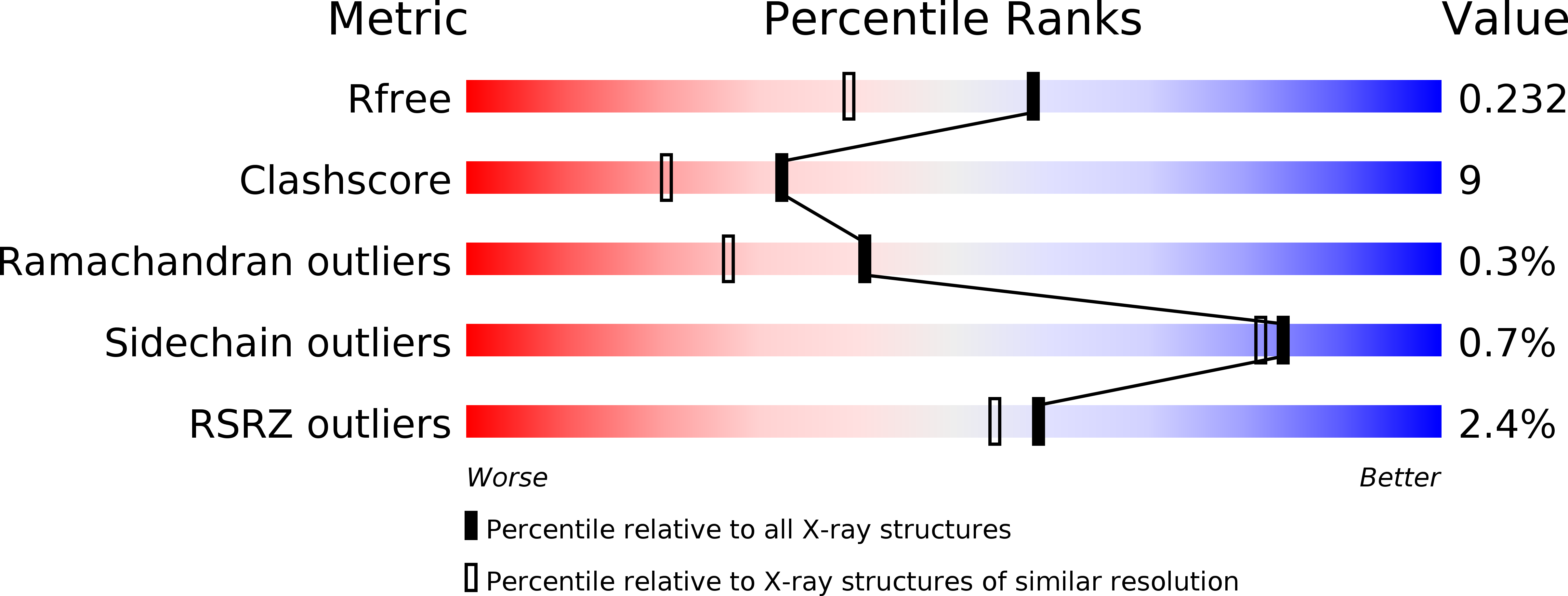
Deposition Date
2016-07-14
Release Date
2016-09-14
Last Version Date
2024-10-23
Entry Detail
PDB ID:
5LI9
Keywords:
Title:
Structure of a nucleotide-bound form of PKCiota core kinase domain
Biological Source:
Source Organism:
Homo sapiens (Taxon ID: 9606)
Host Organism:
Method Details:
Experimental Method:
Resolution:
1.79 Å
R-Value Free:
0.23
R-Value Work:
0.18
R-Value Observed:
0.19
Space Group:
P 21 21 21


